High heels are an essential flag of women’s fashion with elegance, femininity, and style. However, you may be surprised to know that high heels were originally men’s shoes. These footwear were a fashion statement, power symbol, and social status symbol for men centuries ago.
And now, I will tell you about the high heel’s history and deep connection to men’s fashion. You will know a lesser-known aspect of footwear history and footwear evolution. Then, we can better understand how style and society have shaped footwear perceptions.
The following sections include ancient civilizations, aristocratic fashion, and high heels’ gradual transformation into women’s footwear. Today, I found elevator shoes rising in men’s fashion. They can increase height invisibly without sacrificing style or comfort.
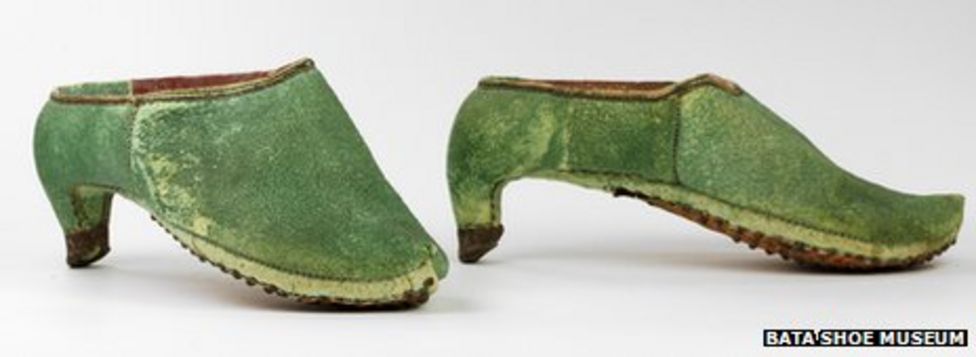
Ancient Origins of High Heels
High heels have a long history in ancient civilizations, including Egypt, Persia, and Rome. And they invented them. Furthermore, high heels were a staple in these early civilizations due to their practicality.
As early as 3500 BCE, Egyptian murals and artifacts depict wearing elevated shoes. The first high heels, called “kitten heels,” were made of wood or papyrus. They were designed to protect feet from hot sand and improve terrain traction.
In Persia (now Iran), people wore “chapines” high heels in the 10th century. The heel’s height kept them away from dirty streets and muddy roads.
In Roman, actors wore “buskins”—high shoes with thick soles—to add height. Furthermore, Roman soldiers wore them to improve stability and authority on the battlefield.
The footwear history shows the need for practicality and functionality. And fashion and gender roles change over time. Now let us read more, and you will see how these shoes became fashion and status symbols.
Renaissance and Aristocratic Fashion
The Renaissance changed fashion, including high heels. In the 15th and 16th centuries, the upper classes of Western Europe wore high heels. And this footwear became a symbol of status and masculinity among European aristocrats.
The Renaissance revived classical art, culture, and aesthetics. That would influence fashion. Aristocrats wore them to show off their wealth and status.
Their intricate and expensive craftsmanship contributed to their status—luxury materials like silk, velvet, and gemstones adorned with heels. The elite coveted high heels for their intricate designs and embellishments.
During this time, men wore high heels to cement their masculinity. The elevated footwear symbolized power, wealth, and noble lineage for them. The height of the shoe heel emphasized their authority.
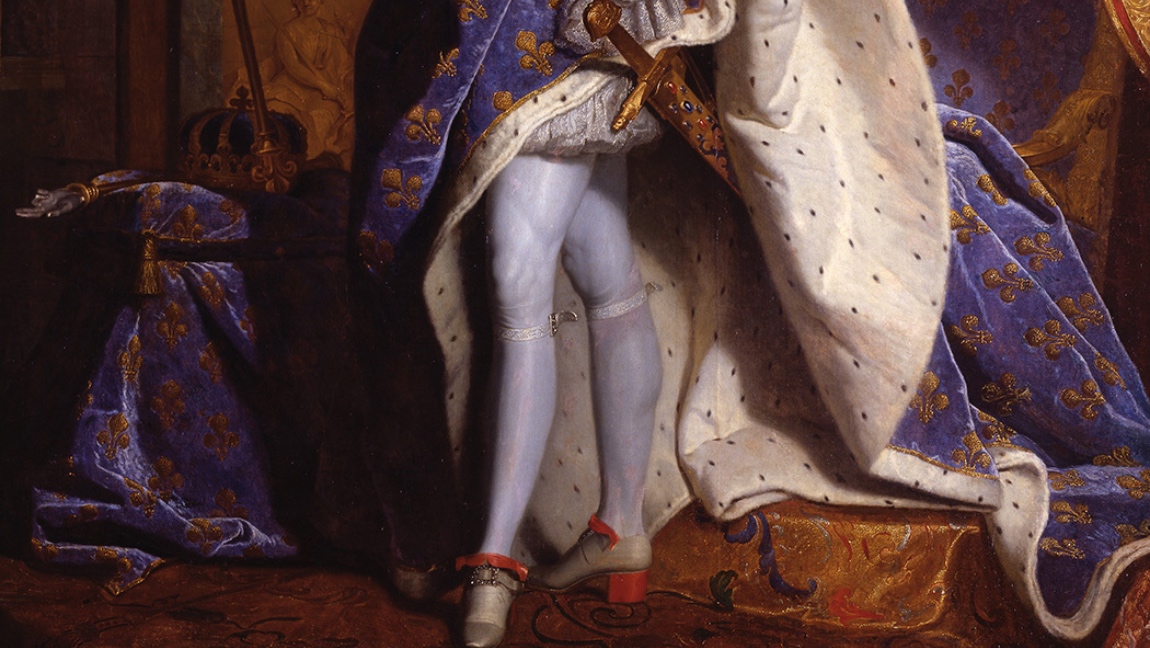
King Louis XIV of France, known as the “Sun King,” shaped 17th-century fashion among men. Luxury was part of his lifestyle, and high heels were essential.
Louis XIV wore high heels to boost his height. And his red-soled heels became a fashion signature. At this time, men eager to emulate the king’s style and show off their status quickly spread throughout the European aristocracy.
Then, these footwear were famous among Renaissance men. Therefore, high heels became a status symbol and fashion statement among the aristocracy because they symbolized masculinity and power, like Louis XIV.
However, high heels have gradually changed from men’s footwear to predominantly women’s fashion as societal norms and cultural shifts.
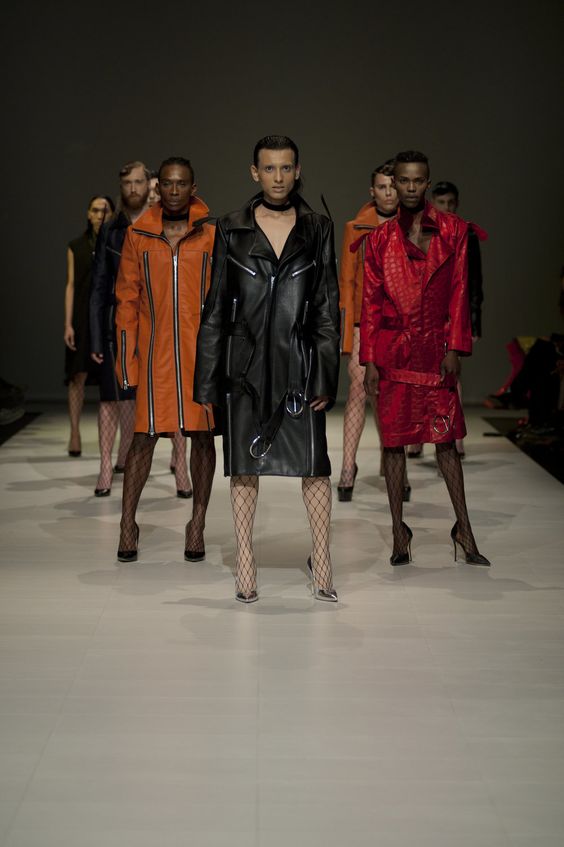
Transformation and Gender Relations
The gender roles of high heels changed in the 18th and 19th centuries. This footwear went from being worn mainly by men to defining women’s fashion during this time. Societal and cultural factors changed the perception and gender associations.
Enlightenment thinkers challenged social norms by emphasizing reason, individualism, and equality. Thus, fashion became a way to show who you are and what you like, which led to more styles for each gender.
In the late 18th century, the French Revolution accelerated high-heel fashion. The revolution sought to overthrow the social order and aristocratic symbols. Therefore, men dropped high heels as they moved away from the old regime’s lavish fashion.
Meanwhile, high heels became a sign of femininity and elegance for women. The rise of women’s fashion contributed to gender shifts. Fashion designers and houses saw the market potential in satisfying women’s desire for stylish and attractive shoes.
Industrialization also helped women’s heels replace men’s. With the invention of the sewing machine, making shoes in different styles and sizes became easier and cheaper. This gave men and women more shoes with designs that fit their tastes and expectations. This article from BBC may help you to know more: Why did men stop wearing high heels?
Social expectations and the changing definition of femininity also helped make this change. Women were increasingly desiring to be beautiful, graceful, and well-mannered. High heels, which accentuate leg curves and create an elegant posture, became the best way to achieve these ideals.
Fashion is constantly changing and closely tied to social norms and cultural shifts. For example, men’s high heels slowly became women’s shoes. As gender roles and expectations shaped clothing and shoe choices, fashion showed and reaffirmed societal values and ideals.
Next, you will see modern high heels for men, where fashion trends challenge gender norms, and men’s elevator shoes are a modern take on height-increasing footwear.

Modern Men’s Footwear: Elevator Shoes
Since men’s elevator shoes came out, shoes that make you taller have changed. Men can add a few inches to their height without sacrificing style or comfort with elevator shoes. Short guys like these shoes because they make people feel more confident and are in style.
Elevator shoes have hidden height-increasing mechanisms. Built-in elevated insoles or heel lifts discreetly add height without drawing attention or altering the shoe’s appearance. This clever design helps men stand taller while walking naturally.
These shoes are convenient because you can customize them. Today, elevator shoes range from formal dress shoes to casual sneakers and boots. Men can find the right pair to match their style and fit their wardrobes for different social occasions.
Elevator shoes also prioritize comfort and height. Many brands, like CMR Chamaripa, use durable materials and make shoes that are comfortable to wear all day. Cushioning and arch support can reduce foot fatigue. Therefore, they are suitable for men who want style and comfort.
Men’s elevator shoes are versatile beyond style and comfort. They offer a discreet height boost for confidence, a professional look, or leveling the playing field in a height-conscious society. Short men can embrace their desired image without external interventions or self-consciousness.
Men’s elevator shoes celebrate individuality and self-expression as fashion evolves and challenges gender norms. They show that fashion is not limited by society because they are a stylish and proper way to add height without anyone knowing.
I will continue to discuss men’s footwear history. You will know its cultural significance and the styles and trends that continue to shape the shoe industry.
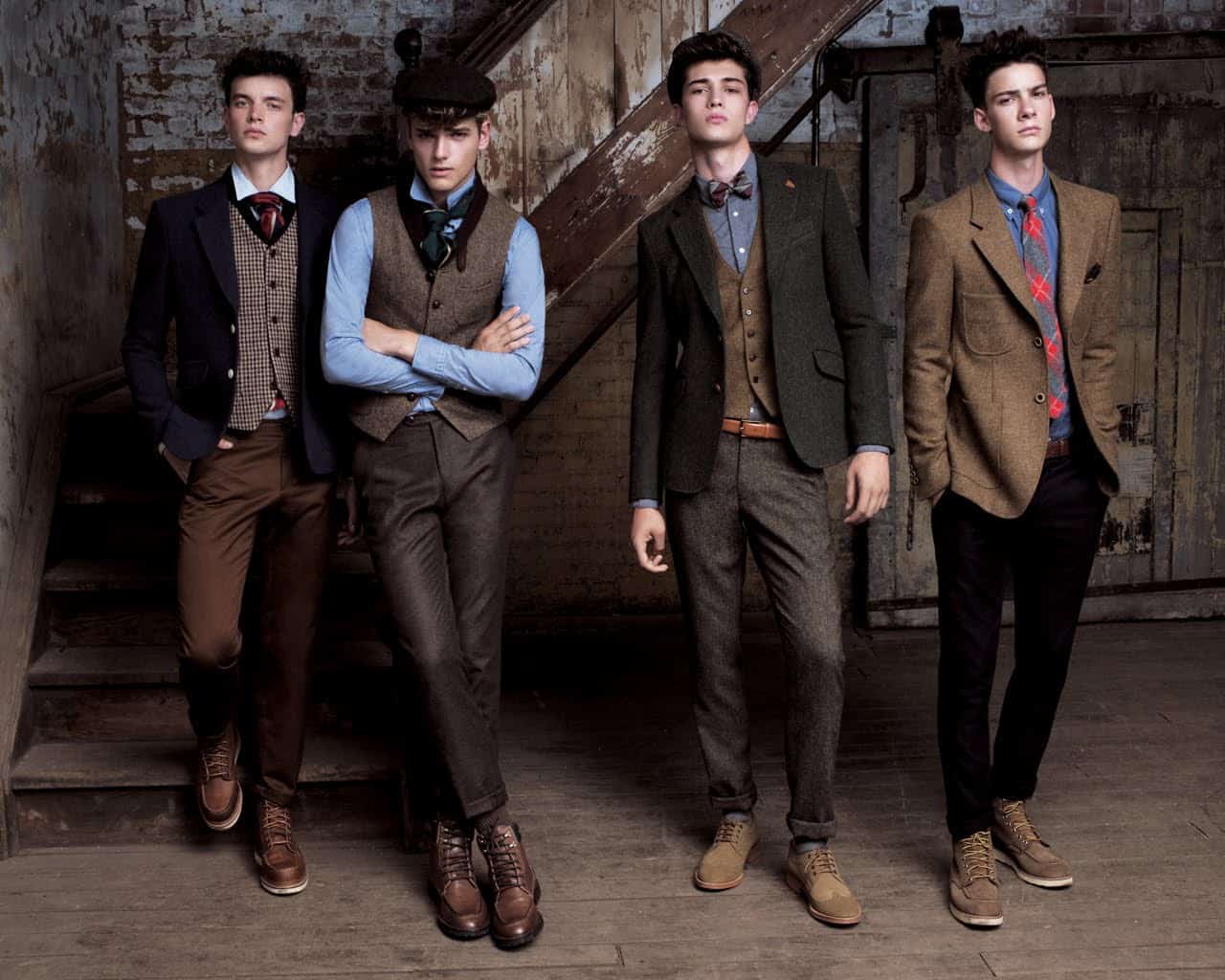
Modern Perspectives and Fashion Trends
The way men wear high heels or elevator shoes has changed because of how people think about gender expression and self-expression now.
Perspectives are changing because more people are accepting and understanding that gender is not a binary concept but rather a spectrum.
Society is increasingly realizing that gender norms shouldn’t limit fashion choices. Because of this change, men can wear high heels and elevator shoes without fear of being judged.
In recent years, there have been more fashion trends that blur the lines between genders. Men who wear high heels to express themselves are more visible and praised for doing so.
Men confidently wearing high heels on fashion runways, editorials, and social media have challenged gender norms.
Celebrities, influencers, and designers promote gender-inclusive fashion. Famous musicians like Harry Styles and Billy Porter have worn high heels as part of their signature style.
And this has drawn a lot of attention and admiration. Their bravery in going against the rules has encouraged others to be themselves.
Along with influencers, fashion designers have worked to make clothes for both men and women. Many menswear designers have added high heels to their collections.
That offers a variety of styles to suit different tastes. These designers have encouraged people to express themselves through clothing by blurring gender roles in fashion.
Social media has also helped promote gender-inclusive fashion and break down barriers. Hashtags, communities, and online platforms allow people to share their stories and inspire others to find their style.
This digital space supports self-expression and fashion-loving communities.
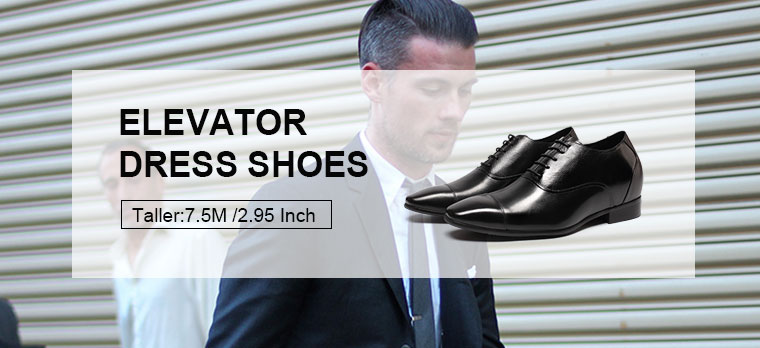
Summary
The fascinating history shows fashion’s fluidity and challenges gender norms. High heels have changed from functional footwear worn by men and women in ancient civilizations to women’s fashion.
High heels initially protected feet and provided height for horseback riding and battlefield stability. However, as fashion and society changed, they became associated with femininity and elegance.
The Renaissance saw European aristocrats like King Louis XIV of France adopt them as a sign of status and masculinity.
The 18th and 19th centuries saw high heels become women’s fashion. Social changes like Enlightenment ideals, the French Revolution, and changing femininity influenced this change.
Women wore heels to express beauty, grace, and refinement, while men avoided them.
However, gender-inclusive fashion and societal norms have returned in the modern era. Elevator shoes for men are a stylish way to add height without sacrificing style or comfort.
Modern fashion has challenged gender stereotypes, with men wearing high heels to express themselves and break barriers.
Celebrities, influencers, and designers have helped break down gender-inclusive fashion barriers.
Their influence has changed how people view high heels, encouraging them to embrace their style and celebrate fashion’s history and fluidity.
Finally, the journey of high heels reflects fashion’s ever-changing styles and gender associations. It reminds us to appreciate the historical context and cultural shifts that shaped footwear perceptions.
We can celebrate fashion’s diversity and fluidity and use it to empower ourselves by embracing individual style choices and breaking gender stereotypes.

FAQ
What size heel should a man wear?
There is no standard heel size for men. It depends on personal preference, comfort, and style. Some men feel confident in 1-2-inch heels, while others prefer 3-4 inches or more. Finding a heel height to fits your stride without causing instability while walking.
Are high heels designed for men?
Yes, high heels were originally men’s shoes. High heels have a long history in ancient civilizations, including Egypt, Persia, and Rome. The first pair of height heels were designed to protect feet from hot sand and improve terrain traction.
Which high heel is most comfortable for men?
The elevator shoes, a type of hidden men’s high heels, are the most comfortable. These shoes feature cushioned insoles, arch support, and toe room can also improve comfort.
What kind of heels do guys like?
Most guys may like hidden high heels-elevator shoes. That is because it can keep the normal shoes looking while increasing height.
Why do guys like high heels so much?
Men like high heels to express their individuality and style. Heels can boost height and confidence. Men may also like to improve their posture and appearance.
Why would a man wear high heels?
Many reasons. Some wear them as a fashion statement to challenge gender norms and express their style. Also, it can add height or define a silhouette. Drag shows, and theatrical performances may also require men to do that.
Are men wearing heels now?
Yes, heels are becoming more fashionable for men now. That is because fashion trends are changing, and diverse styles are growing. Fashionistas, influencers, and celebrities have worn heels to promote inclusivity and challenge gender norms. Men wearing heels is becoming more accepted in society now.
Can guys wear wedges?
Yes, guys can wear wedges. Wedges are easier to walk in than stiletto heels because they have more support. For a chic look, men can wear wedges. These shoes can add height, style, and versatility to express men’s fashion in any setting.


